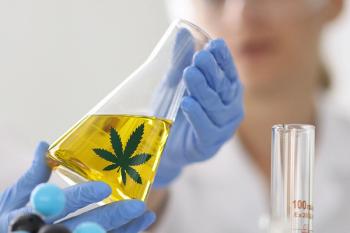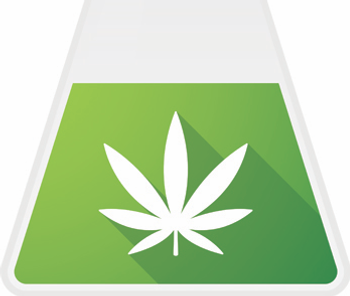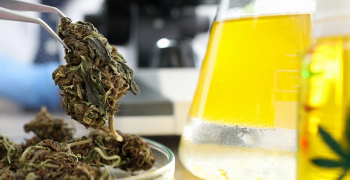Cannabis testing laboratories play an important role in ensuring consumer safety and quality throughout the industry. These laboratories face many challenges—from the variety of samples in the industry to changing regulations and testing requirements and everything in between. In this interview, Sarah Ahrens, Founder and CEO of True Labs for Cannabis LLC, explains her philosophy and approach behind building her cannabis analytical testing laboratory in New Jersey. She also covers current developments in the cannabis testing industry and what needs to be done to ensure it has a transparent and productive future that benefits producers and consumers alike.











